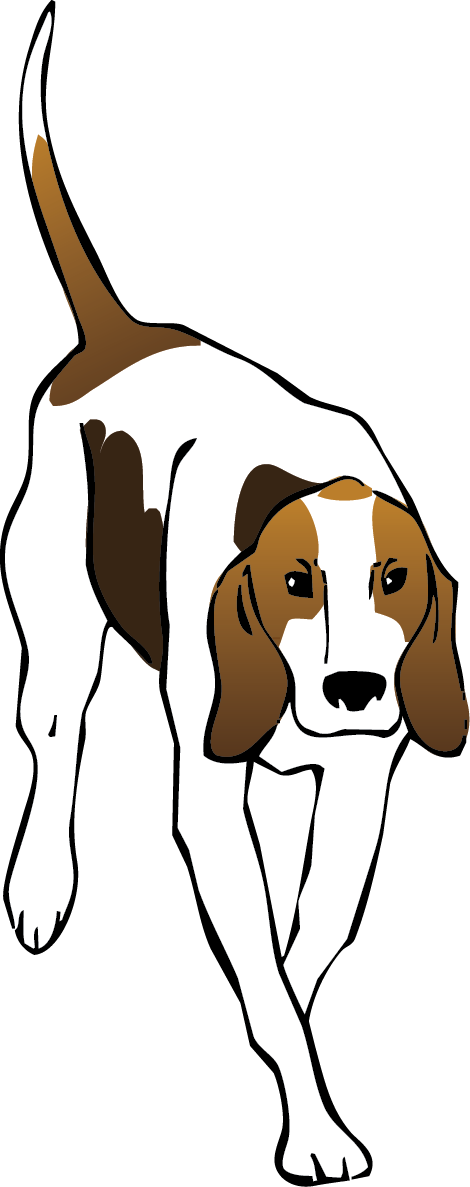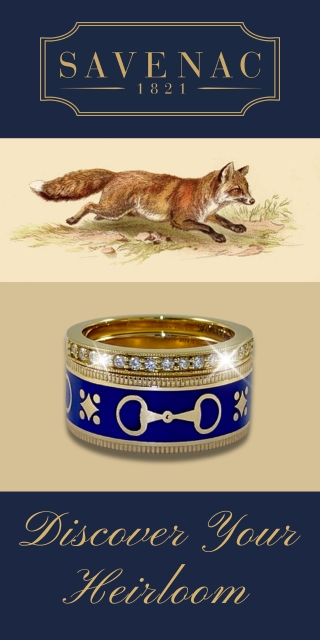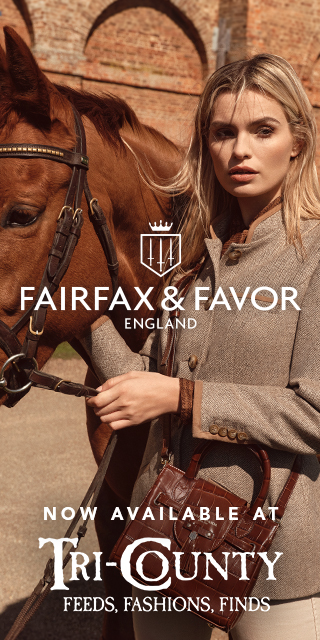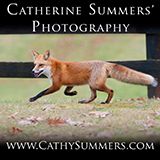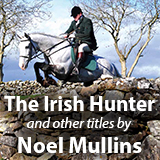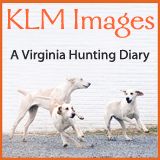vale of the white horse foxhounds
Martin Scott and the Modern English Foxhound
We republish, with permission, James Barclay’s article about Martin Scott, former MFH and eminent foxhound breeder. Martin Scott has been an engaged member of Foxhunting Life’s, Panel of Experts since our beginnings and has cheerfully answered any and all questions posed to him by our readers, for which we are continually grateful.
by James Barclay
Martin Scott visits with a descendant of Glog Nimrod 1904 / James Barclay photo
Martin Scott is an extraordinary man. As well as being a true and dedicated foxhunter, he is probably the only person I know who has a completely encyclopaedic brain when it comes to the breeding of the Modern English Foxhound. There is no one quite like him when you need to tap into a vast depth of knowledge on this subject—not only their breeding but the attributes of each and every generation.
Hillsboro Graphic Is Grand Champion at Carolinas
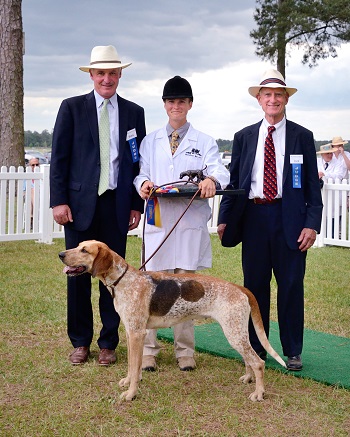 Grand Champion Hillsboro Graphic '14 with professional whipper-in Leilani Hrisko. Judges (l-r) are MFHs Tony Leahy and Dr. Jack Van Nagell / David Traxler photoHillsboro Graphic '14 was judged Grand Champion of Show at the thirty-ninth annual Carolinas Hound Show held at the Springdale Race Course in Camden, South Carolina on May 8 and 9, 2015.
Grand Champion Hillsboro Graphic '14 with professional whipper-in Leilani Hrisko. Judges (l-r) are MFHs Tony Leahy and Dr. Jack Van Nagell / David Traxler photoHillsboro Graphic '14 was judged Grand Champion of Show at the thirty-ninth annual Carolinas Hound Show held at the Springdale Race Course in Camden, South Carolina on May 8 and 9, 2015.
Whelped to royal bloodlines—American on the sire’s side and English on the dam’s side—it should have been no surprise to see Graphic garner top honors. Her sire is Hillsboro Jethro '08, son of the magnificent Potomac Jefferson '05, Grand Champion Foxhound at Virginia in the year of the MFHA Centennial celebration, 2007.
On the dam’s side, Graphic goes back in tail female to North Cotswold Grapefruit '95, a Peterborough Champion and dam of several influential foxhounds in North America including Iroquois Grundy '98, Master Jerry Miller’s all-time favorite foxhound, and Mid-Devon Grocer '00, sire of Virginia and Bryn Mawr champion hounds from Blue Ridge.
Foxhounds from fourteen hunts and five states trod the flags at Carolinas: Aiken, Camden, DeLa Brooke, Green Creek, Hillsboro, Keswick, Lowcountry, Moore County, Red Mountain, Sedgefield, Tennessee Valley, Tryon, Whiskey Road, and Why Worry.
Hunt-to-Huntsman Relations: A Matter of Concern?
Sidney Bailey retired in 2005 after serving as professional huntsman for the Vale of the White Horse (UK) for forty-three seasons.Foxhunting Life readers demonstrate enormous interest in our articles covering the migration of huntsmen each year at about this time. (See “Huntsmen on the Move,” published last month.) Nancy Mitchell, who has hunted hounds at the Bijou Springs Hunt (CO) over a period of sixteen years, wants to know the why of it.
“I’m curious to know what motivates this ‘spring dance of the huntsmen,’” Nancy wrote. “What circumstances create this phenomenon? Money? Prestige? Politics? Age?”
We thought it was an interesting subject for our Panel of Experts, so we asked Jerry Miller, MFH, C. Martin Scott, ex-MFH, and Hugh Robards, ex-MFH, to weigh in on Nancy's question.
Canadian Grand Champion Has a Royal Family Tree
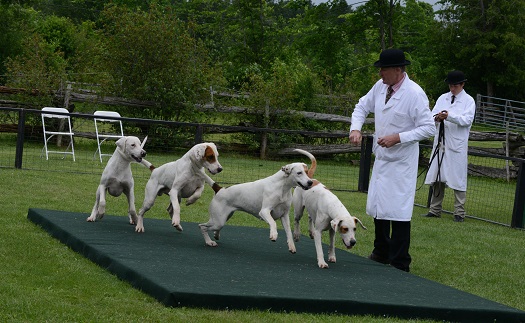 Toronto and North York huntsman John Harrison gets his hounds moving for the judges. / Mary Raphael photo
Toronto and North York huntsman John Harrison gets his hounds moving for the judges. / Mary Raphael photo
Toronto and North York Clarence 2012 was judged Grand Champion of the Canadian Foxhound Show at the Ottawa Valley Hunt Farm on June 14, 2014. Judges were Messrs. C. Martin Scott, ex-MFH, Vale of the White Horse (UK) and Mason Lampton, MFH, Midland Foxhounds (GA).
It wasn’t too long ago that the Canadian hunts showed mainly English foxhounds, but the Canadian show now offers classes for both English and Crossbred Champions. With this in mind, it’s interesting to note that this year’s Grand Champion, while considered English based on the high percentage of English bloodlines in his pedigree, goes back in tail female to Midland Crossbred lines and on his sire’s side to a strong Blue Ridge female line of Crossbreds.
Clarence’s dam, Toronto and North York Clinic 2006, was a Crossbred hound out of a Midland female.* His sire, Blue Ridge Barnfield 2010, goes back in tail male to strong English lines of which Judge Martin Scott makes note:
How Long Can a Red Fox Live?
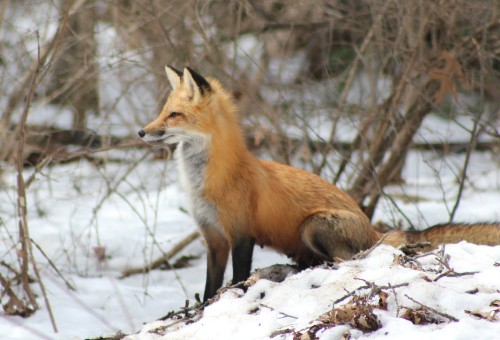 Mary Marks photo
Mary Marks photo
I believe that the ripest old age a tame fox might achieve is twelve. A wild, country fox could reach about eight. The governing factor, of course, apart from predators, is the fox’s teeth. No teeth, no food, no energy, and the end will be near, perhaps by scavenging dog or internal parasite—a death neither quick nor noble, and without Nature’s own equivalent of the National Health Service.
When I was hunting the Tiverton in Devon, the oldest fox caught by my hounds was aged six, according to that great naturalist Sir Newton Rycroft. It was the Tiverton’s first hunt in the New Forest, in 1975, and the fox’s incisors were long, very curved, and extremely dark—which prompted the discussion. The longer and more curved the teeth, the older the fox. Bob Street, who had disappeared into a bog during the excitement of the run, said that in forty years’ hunting it was one of the oldest he had seen hounds catch.
